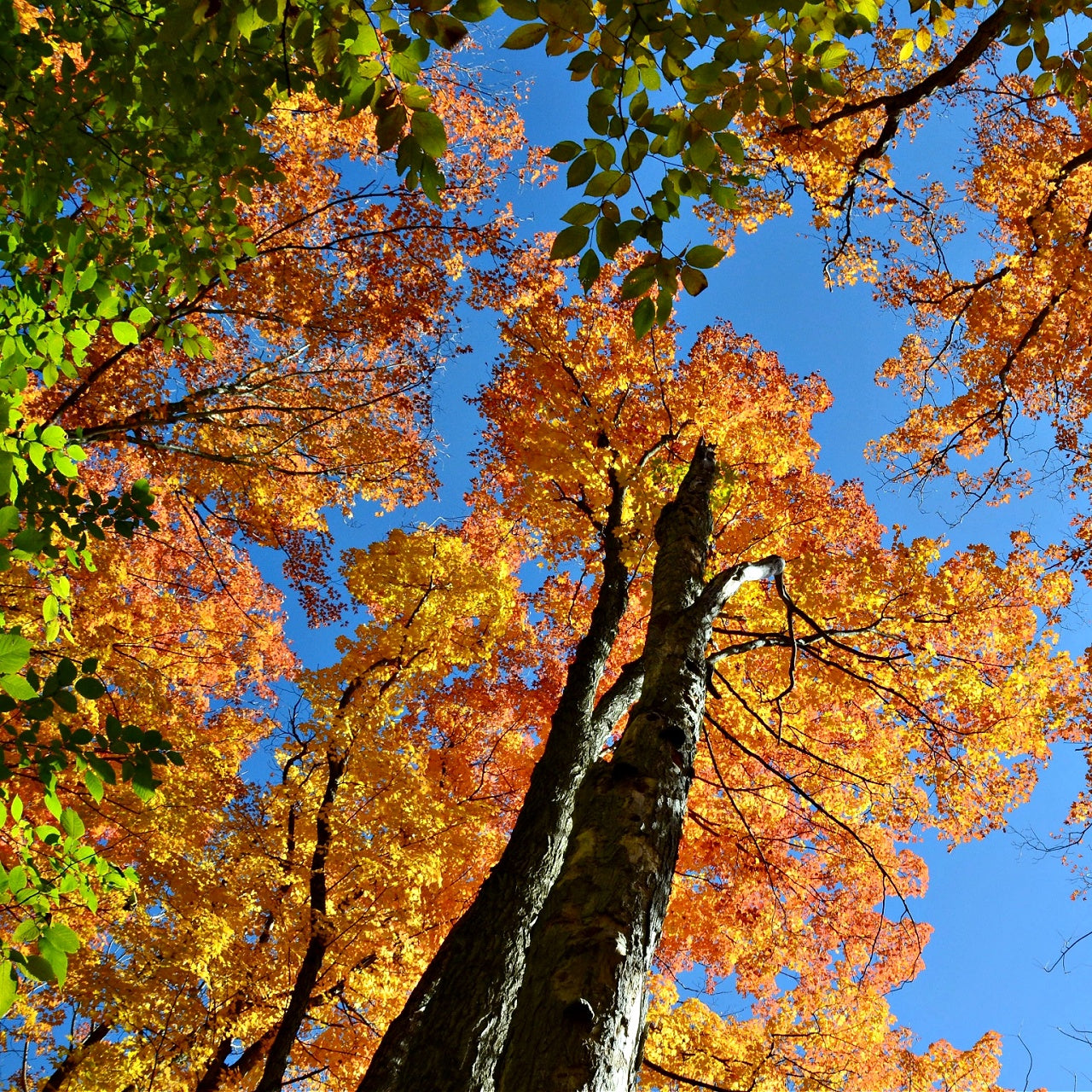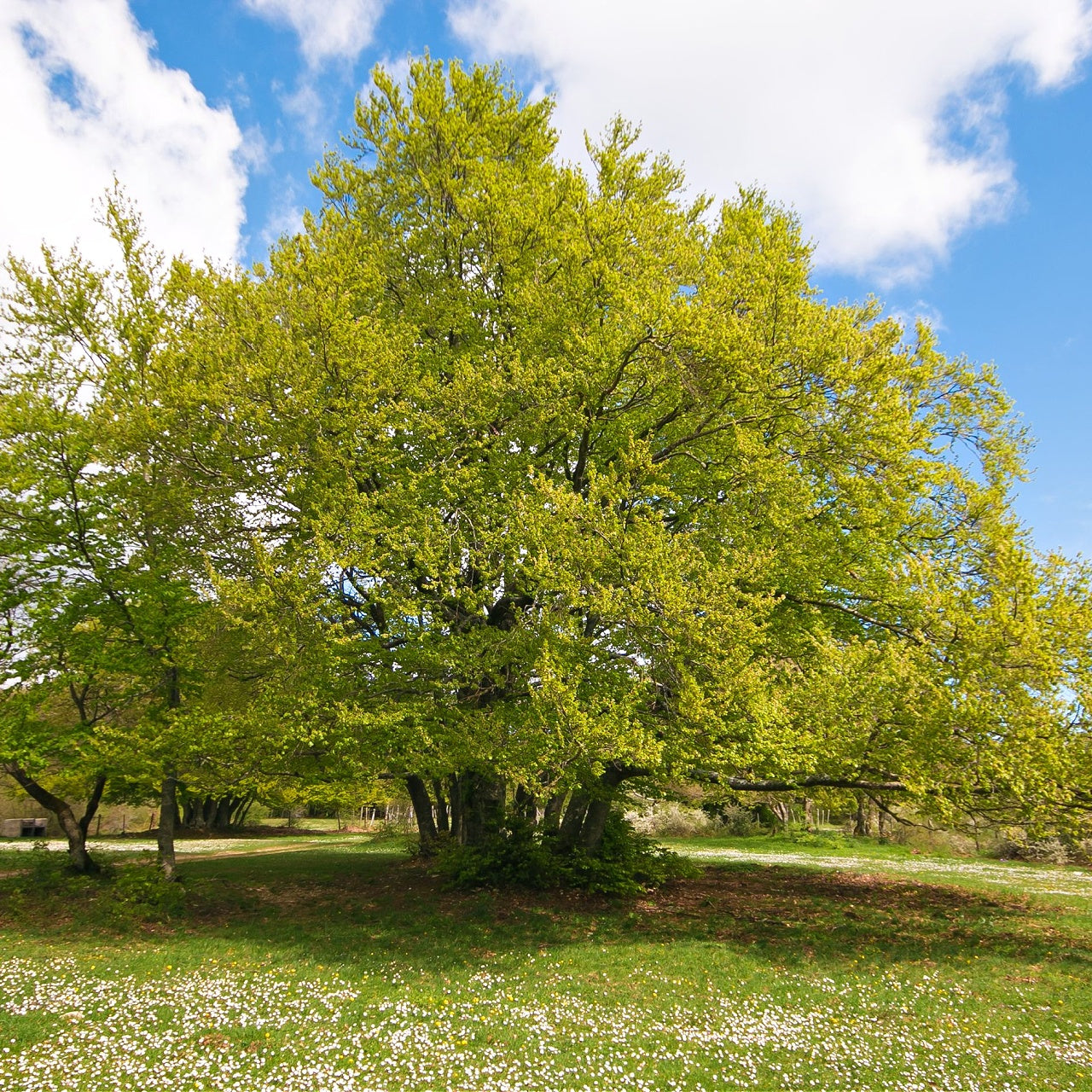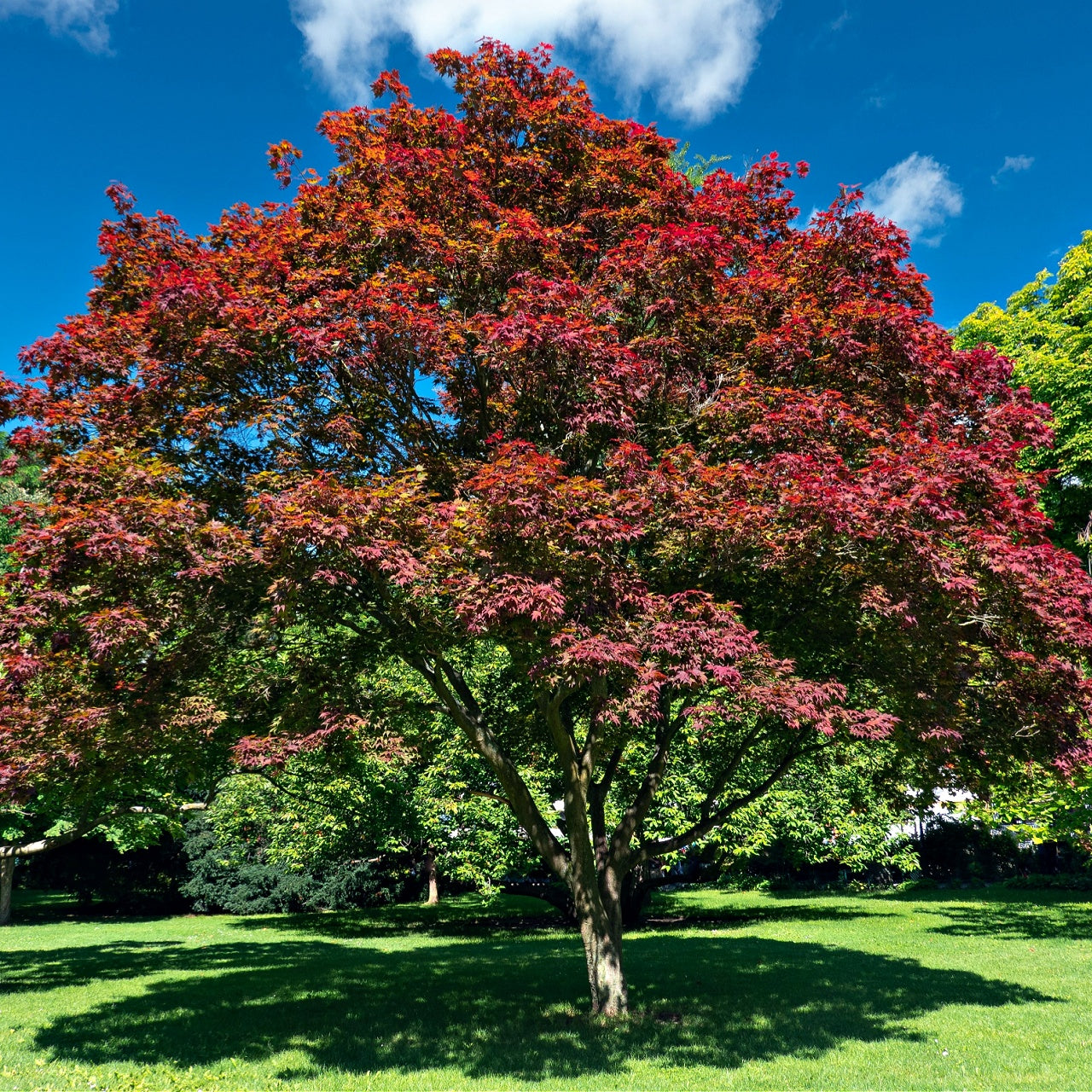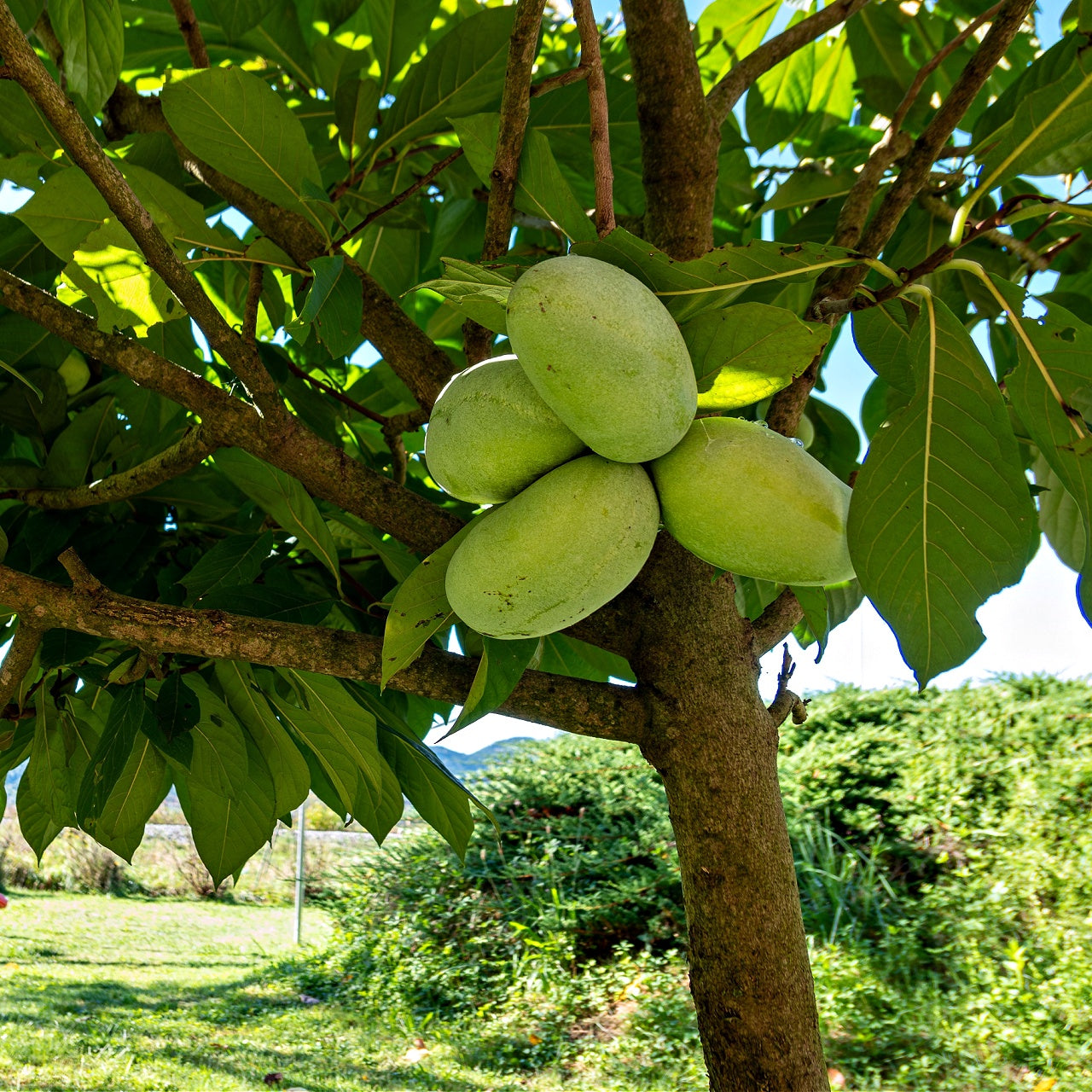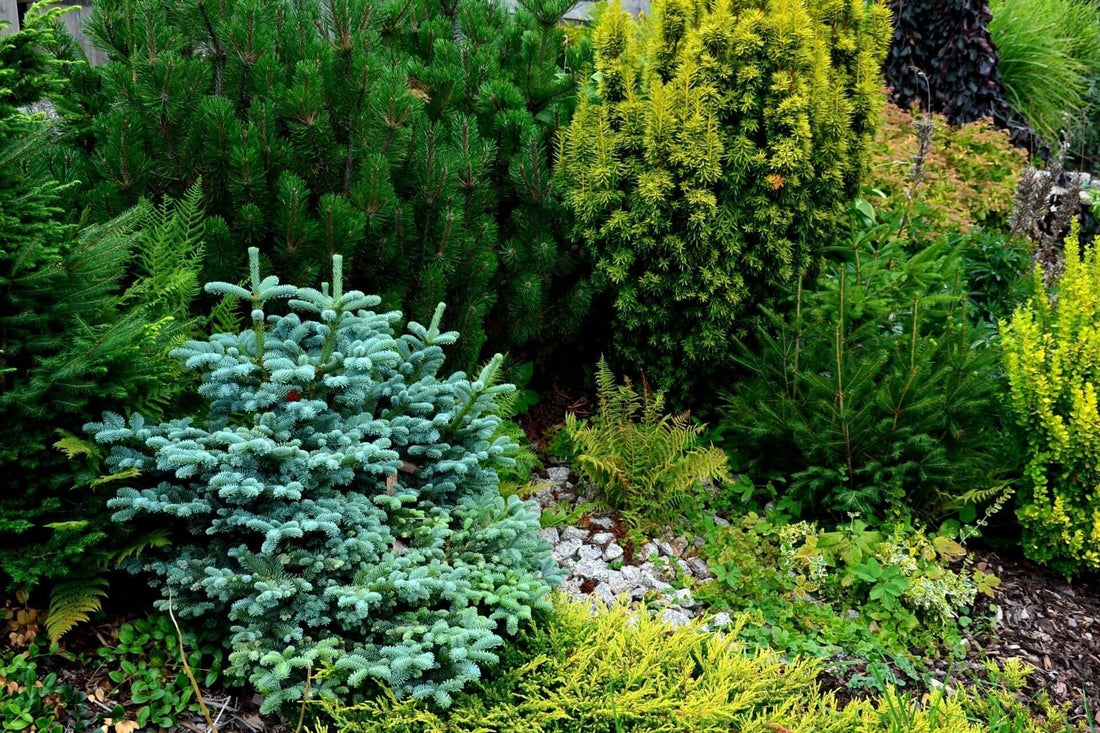
Best Uses for Evergreen Conifers & Pines
Best Uses for Evergreen Conifers & Pines
4 Things to Consider When Choosing Evergreen Conifers & Pine Trees
Pine trees and other evergreens support a rich habitat for wildlife and deliver significant benefits for property owners. Although evergreen conifers may not produce eye-catching season flowers like Dogwoods, they keep their dark green needles during the cold Tennessee winters. Like choosing any plant for your land, evergreen conifers and pine trees have pros and cons. As a plant nursery with a complete inventory, we’d like to offer some insight and share common uses of evergreen conifers and pine trees.
What is the Difference Between Conifers and Evergreens?
The vast majority of conifer trees maintain green foliage year-round. That makes them evergreen conifers. However, despite the common association, evergreens do not always fall into the conifer category. While significant overlap exists between conifers and evergreens, you may discover some exceptions. One of the inherent misconceptions stems from what the word “conifer” means. The term generally refers to pine trees that produce cones that bear their seeds rather than flowers. The term “evergreen” typically highlights that pine tree needles, which qualify as leaves, stay green all year. In other words, they do not necessarily change color during autumn, fall off, and bloom during spring. Regarding conifers that do not remain green, Ginkgo trees fit the bill. Evergreen Juniper trees produce male and female seeds in modified cone-like leaves.

What Landscaping Purpose Can Evergreen Conifers & Pine Trees Serve?
Spruce Pine trees are popular for creating evergreen privacy walls. Homeowners often like integrating them into a landscape to define property lines by planting them in long rows. By positioning these evergreen conifers relatively close together, their branches and pine needles can form a visually impenetrable wall as they overlap.
These pine trees produce a brown cone commonly used in crafting. In the wilderness, many mature to upwards of 80 feet. However, Spruce Pine trees typically reach 60 feet in suburban landscapes. This variety excels in moist, acidic soil and enjoys full sunlight placement. As we indicated previously, some evergreens do not necessarily produce cones. Several varieties of Privet Plants keep their green leaves all year. They produce flowers rather than cones, making them an evergreen but not a conifer. Privets also make lovely privacy walls. Landscapers finely manicure them into beautiful hedges. Some property owners prefer to let them reach maximum heights of 12 feet and only modestly trim them back. They continue to prove a valuable landscaping asset for evergreen privacy walls.
Pine Trees Can Provide Year-Round Accent Greenery
Property owners often select evergreens and pine trees because they infuse the landscape with year-round greenery. If you notice, many front yards include a standalone for this very reason. Junipers, commonly called Cedar Trees, enjoy popularity as standalone accents even though they sometimes mature to over 100 feet. Rows of Cedars can form what many consider among the best natural windbreak barriers.
Pine Trees Deliver Top Timber Harvest ROI
Residents who harvest timber to offset land ownership costs often choose pine trees. Pines are among the fastest-growing trees, and the lumber generally delivers a substantial return on investment (ROI).
Loblolly Pine trees continue to lead the league in ROI because they grow quickly and produce high-quality lumber for construction and wooden product manufacturing. These evergreen conifers can grow at a rate of 2 feet annually. More Loblolly Pine trees grow in North America than any other species except Red Maples. They typically mature to upwards of 90 feet.
The Benefits of Evergreen Conifers and Pines
Humans have long been fascinated by evergreen conifers, including pines, spruces, and firs; these trees maintain their green foliage throughout the year, demonstrating distinctive shapes and strong resilience. Evergreen conifers that grow in ancient forests, such as towering pines, and those planted as ornamental trees in gardens provide numerous advantages to nature and human life. Adapting needle-like leaves and woody cones allows these trees to survive in extreme environments while maintaining healthy ecosystems. Evergreen conifers and pines deliver practical benefits and ecological contributions that establish them as crucial components of planetary biodiversity.
Evergreen conifers stand out because they capture carbon from the atmosphere. Coniferous forests are essential in pulling carbon dioxide from the air and storing it while helping reduce climate change effects. Regions with extreme weather patterns, including harsh winters and dry summers, commonly contain pine and other coniferous tree species. These trees' dense canopy and deep root systems stabilize soil, prevent erosion, and maintain water levels through runoff reduction. Mountainous and hilly areas require environmental protection because coniferous forests protect lower regions from soil loss effects.
Coniferous forests sustain various ecosystems filled with multiple wildlife and plant species. Birds and mammals find sustenance through pine cones, while the dense canopy protects against predators and severe weather conditions. These forests support essential fungi, insects, and microorganisms that build interconnected networks to promote soil health and nutrient cycling. The shedding of conifer needles results in a distinctive acidic humus layer on the forest floor, supporting specialized plant species that thrive under such conditions. The complex interactions between different species demonstrate how evergreen conifers support biodiversity.
Evergreen conifers and pines generate significant economic advantages beyond their ecological role. Because of its rapid growth, straight-grain pine wood serves multiple industries like construction, furniture manufacturing, and paper production since it processes efficiently. Various products utilize pine resins and extracts, which serve as key components in turpentine production and the manufacturing of rosin and essential oils that support pharmaceutical applications and aromatherapy. The forestry industry creates jobs through activities like planting and harvesting and finished goods production, which supports livelihoods across various regions globally.
The enduring cultural and aesthetic importance of evergreen conifers enhances their value in society. Because of their ornamental features, evergreen conifers provide landscaping designs with structural beauty and year-round greenery. Pines symbolize endurance and strength alongside perpetual life within numerous cultural traditions. Conifers become central elements in holiday celebrations, and Christmas trees, decorative wreaths, and garlands demonstrate their timeless attractiveness. Both natural and city environments find comfort and traditional meaning through the soft aroma of pine needles and the quiet sound of evergreen branches moving.
Conifers and pines enhance human health while beautifying landscapes and upholding cultural traditions. The needles of these trees emit phytoncides, which are natural substances believed to enhance immune function and relaxation while reducing stress. People regard spending time in pine forests as a means to reconnect with nature, which supports mental clarity and emotional well-being.
Evergreen conifers and pines provide essential environmental benefits while supporting economies and preserving cultural heritage. These incredible trees show nature's resilience through their ability to stabilize soils and capture carbon while delivering valuable resources and maintaining beauty throughout the year. By intentionally preserving coniferous forests and planting new pines, we honor their heritage, allowing future generations to benefit from majestic evergreens that represent endurance and a life force in our evolving world.



